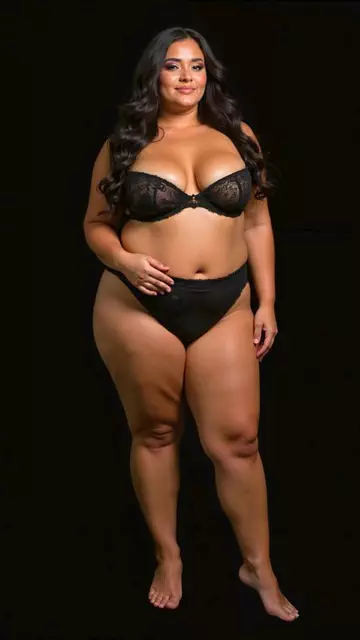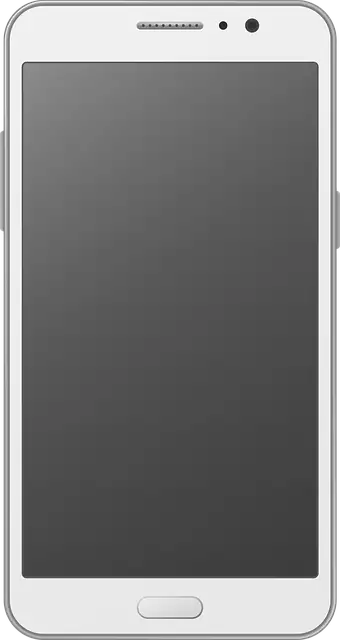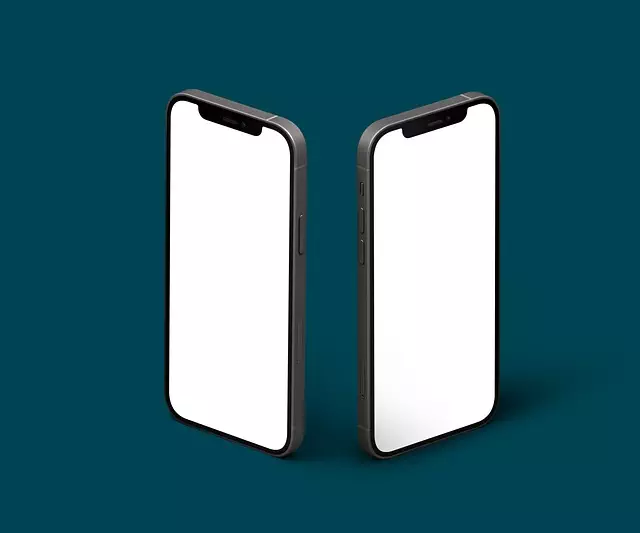Fat freezing (cryolipolysis) is a non-invasive procedure that targets and destroys stubborn fat cells using controlled cold exposure, offering effective body contouring for problem areas like love handles, belly fat, and thighs. This method causes minimal downtime, improves skin texture, and requires no needles or surgery. Ideal candidates have healthy weight ranges but persistent localized fat due to genetic or hormonal factors; realistic expectations and consistent lifestyle habits are crucial. Results vary based on skin thickness and content, with potential side effects including temporary numbness, bruising, and swelling. Fat freezing is best suited as a body contouring tool for maintaining a healthy diet and lifestyle.
Fat freezing, or cryolipolysis, offers a non-invasive way to target and eliminate stubborn fat deposits. This innovative technology freezes and destroys fat cells, leading to gradual fat reduction over several weeks. Understanding how freeze fat cells works and identifying suitable candidates is crucial for successful treatments. From tummy and love handles to arms and back, fat freezing can address problem areas effectively. Learn about the procedure, benefits, risks, and who it’s best for in this comprehensive guide.
Understanding Fat Freezing Technology

Fat freezing technology, also known as cryolipolysis, is a non-invasive procedure that has gained significant popularity in recent years. This innovative approach to weight loss targets and destroys fat cells by using controlled cold exposure. By cooling adipose tissue to specific temperatures for a defined period, fat cells become damaged and eventually eliminated by the body’s natural metabolic processes. The process is safe and effective, making it a preferred method for treating stubborn fat deposits that resist diet and exercise.
The technology behind fat freezing involves applying a cooling device to the targeted area, usually the abdomen, flanks, or thighs. This device delivers precise cold temperatures, typically between -15°C and -20°C, causing the fat cells’ lipid (fat) droplets to crystallize and break apart. Over time, these damaged fat cells are processed by the lymphatic system and eliminated from the body, resulting in reduced fat accumulation in the treated areas. Unlike traditional liposuction, fat freezing offers a non-surgical, minimal downtime solution for those seeking to sculpt their figure and achieve a slimmer appearance.
Targeting Stubborn Fat Deposits

Targeting stubborn fat deposits can be a challenge, but fat freezing offers a non-invasive solution. This procedure involves using cold temperatures to freeze and destroy fat cells, effectively reducing their number in targeted areas. By focusing on specific problem zones, such as love handles, belly fat, or outer thigh fat, individuals can achieve noticeable results without surgery or extensive recovery periods.
Fat freezing works by triggering a process called lipolyis, where the body breaks down and absorbs fat cells. As frozen fat cells are unable to survive this process, they are eliminated naturally. This method is particularly effective for areas with tight skin, as it not only reduces the amount of fat but also stimulates collagen production, leading to improved skin texture and tone over time.
The Science Behind Freeze Fat Cells

Fat freezing, or cryolipolysis, is a non-invasive procedure that harnesses the science behind freeze fat cells. This process involves targeted cooling of fatty tissue, specifically using controlled cold temperatures to disrupt and destroy fat cells in problem areas. The body then naturally processes and eliminates these damaged cells, leading to reduced fat in the treated region. This method is particularly effective for stubborn fat deposits that are resistant to diet and exercise. By targeting specific areas like love handles, belly fat, or outer thighs, fat freezing offers a non-surgical solution for those seeking a slimmer silhouette.
Who is a Candidate for Fat Freezing?

Fat freezing, or cryolipolysis, is a non-invasive treatment gaining popularity for its effectiveness in reducing stubborn fat deposits. The ideal candidates for this procedure are individuals who have areas of localized fat that resist diet and exercise efforts. This includes people with healthy weight and BMI ranges but still struggle with pockets of excess fat, often due to genetic predisposition or hormonal influences.
Candidates for freeze fat cells therapy typically have realistic expectations and maintain a consistent lifestyle including regular exercise and balanced nutrition between treatments. It’s important to note that fat freezing is not a weight-loss solution but rather a body contouring procedure. Those seeking significant overall weight loss should explore other methods, as fat freezing targets specific areas.
What to Expect During and After the Procedure

During the fat freezing procedure, a specialized device is used to target and freeze specific fat cells. This non-invasive treatment involves applying cold temperatures to the designated areas for a set duration. You can expect a cooling sensation during the process, but it should not be excessively painful. The body naturally eliminates these frozen fat cells over time, leading to reduced fat in the targeted areas.
After the procedure, it’s common to experience some temporary discomfort and redness in the treated regions. Swelling may also occur, which can subside within a few days. It’s important to follow post-treatment instructions, including staying hydrated and avoiding strenuous activities for a while. As the frozen fat cells are eliminated, you’ll start to notice a shrinking of stubborn fat deposits, resulting in a more contoured and sculpted appearance.
Common Areas for Fat Freezing Treatments

Fat freezing treatments have gained popularity for their non-invasive approach to reducing stubborn fat in specific areas. Common target zones include the abdomen, love handles, outer thighs, and buttocks. These areas often prove challenging for traditional exercise and diet methods due to the accumulation of deep subcutaneous fat.
During a fat freezing procedure, targeted cooling technology is used to freeze and destroy fat cells, leading to their removal from the body as waste products. The process is generally safe and well-tolerated, making it an attractive option for those seeking localized fat reduction without surgery or extended recovery periods associated with more invasive procedures.
Potential Benefits and Risks

Fat freezing, or cryolipolysis, is a non-invasive procedure that targets and freezes specific fat cells in problem areas. One of its key advantages is the potential for long-term results with minimal downtime. By reducing the number of fat cells in stubborn areas like love handles, belly, or thighs, fat freezing can help achieve a slimmer silhouette. This method is often appealing to those seeking an alternative to more invasive surgeries, as it offers a relatively safe and gentle approach to body contouring.
However, like any procedure, fat freezing has its risks and considerations. Potential side effects include temporary numbness, bruising, and swelling at the treatment site. In rare cases, patients might experience discomfort or skin damage if the fat cells are not frozen properly. It’s crucial to choose a qualified professional who uses appropriate technology to minimize these risks. Additionally, while fat freezing can reduce fat cell count, it may not result in significant weight loss, as the remaining fat cells can still expand. Thus, maintaining a healthy lifestyle through diet and exercise is essential for long-lasting results.
Non-Invasive Approach: Advantages and Disadvantages

Fat freezing, or cryolipolysis, offers a non-invasive approach to reducing stubborn fat deposits. This procedure uses cold temperatures to selectively target and freeze fat cells, causing them to break down and be naturally eliminated by the body over time. One of the biggest advantages is its minimal invasiveness—no needles, surgery, or downtime are required. It’s suitable for treating smaller areas like love handles, belly bulges, and upper arms, making it a popular choice for those seeking body contouring without major procedures.
However, as with any treatment, there are disadvantages. Not all fat cells are equally susceptible to freezing, and results may vary depending on factors like skin thickness, muscle mass, and the amount of fat present in the targeted area. Additionally, while most people experience minimal discomfort, some may feel pain or soreness during and after the procedure. It’s also important to note that fat freezing is not a weight-loss solution but rather a body contouring tool, best suited for individuals who maintain a healthy diet and lifestyle.



